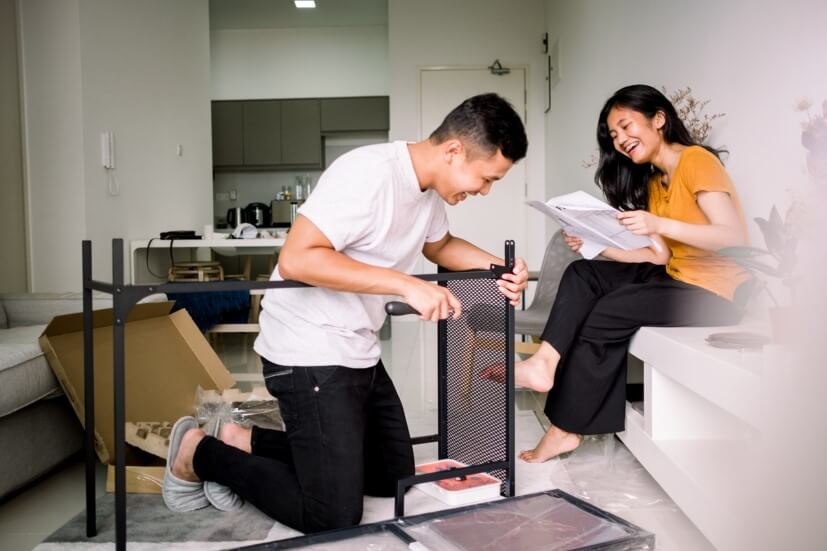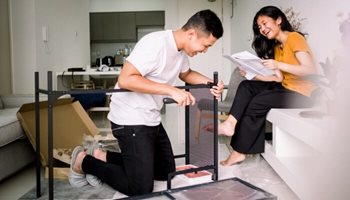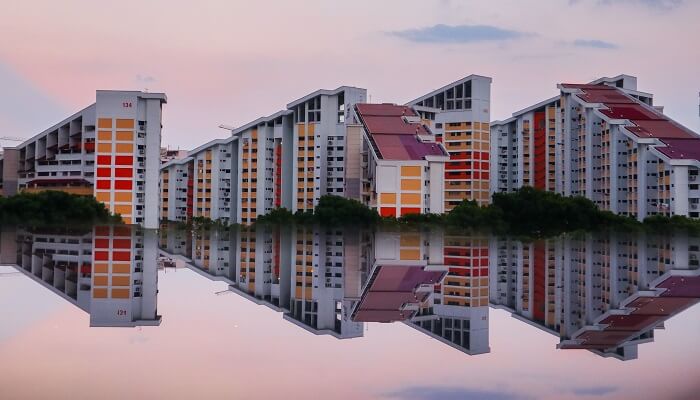Hidden Health Hazards in Your New Home: How to Identify and Fix Them
Key Takeaways
- A new home doesn’t guarantee a hazard-free environment.
- A thorough home inspection helps identify risks like mould, gas leaks, and VOCs.
- Some hidden issues may require professional help for safe removal.
- Even with inspections, financial protection through Enhanced Home Insurance adds an extra layer of security.
Why a New Home Isn’t Always Hazard-Free
Many first-time homeowners assume that a newly purchased home, especially a newly built one, is automatically safe. However, this is far from the truth. Whether you're moving into a resale HDB flat or a brand-new condo, unseen health risks can still be present.
Issues like poor ventilation, dampness, or residual chemicals are often overlooked in the excitement of a home purchase. That’s why a new home inspection isn’t just a box to tick; it’s a crucial part of ensuring your family’s safety and long-term well-being.
Common Hidden Health Hazards to Look Out For
Conducting a thorough home inspection is your first line of defence. Here are some key items to include in your checklist:
Mould and Dampness
These often lurk behind walls, under sinks, or in ceiling corners—out of sight but not out of harm’s way. Mould spores can trigger allergies, asthma, and other respiratory problems, especially in children and the elderly. Be sure to inspect areas with poor ventilation and signs of water damage.
Asbestos and Lead Paint
Older resale units may still contain asbestos in ceilings or lead-based paints on walls. Prolonged exposure to either can lead to serious health conditions. If your inspection of your new home reveals either, engage certified professionals for safe removal.
Volatile Organic Compounds (VOCs)
New furniture, paint, and flooring often emit VOCs that can cause headaches, dizziness, or longer-term effects. Airing out your home and opting for low-VOC materials can significantly reduce exposure. VOC testing kits are also available for added assurance.
Carbon Monoxide and Gas Leaks
Faulty gas stoves or poor ventilation can lead to dangerous build-ups of carbon monoxide—a colourless, odourless gas that is potentially fatal. Installing CO detectors and scheduling regular servicing of gas appliances is a simple but effective safety measure.
Pest Infestations
You might not see them at first, but signs of termites, cockroaches, or rodents often emerge post-move-in. Check kitchen cabinets, drainage systems, and even false ceilings during your new home inspection. Pests not only pose health risks but can also cause structural damage over time.
When to DIY vs When to Hire Professionals
While some hazards, like airing out VOCs or cleaning visible mould, can be managed with DIY solutions, others require professional help. Asbestos removal, pest extermination, and gas system checks should always be left to licensed experts. Consider scheduling a professional inspection every year after moving in to maintain a healthy home environment.
Financial Protection Against Hidden Damages
Even the most detailed new home inspection can’t guarantee immunity from every possible issue. Emergencies like pipe bursts, electrical fires, or break-ins can still happen unexpectedly. That’s where Income’s Enhanced Home Insurance plays a vital role.
Enhanced Home Insurance is designed for homeowners who want robust, all-rounded coverage:
- Protect your home against unforeseen events: Protection for your house building1, its contents2 and renovations3 against fire4, burst pipes5, theft6 and more.
- 24/7 Emergency Home Assistance: Get peace of mind for assistance on home emergencies such as plumbing, electrician, locksmith, pest control and air-conditioner repair services, with Income's Emergency Home Assistance7.
- Family liability: Coverage for you or your family member if damages are caused to neighbouring houses such as in the event of fire.
This means less financial stress and more time focusing on what really matters, settling into your new home.
Why Insurance Complements Your Inspection Checklist
A thorough home inspection helps reduce risks, but it doesn’t eliminate them entirely. Insurance is your financial safety net for the “what-ifs.” For instance, if your home sustains damage from an undetected leak, home insurance ensures you’re not left footing the bill.
This is especially important if you’ve just invested heavily in renovation costs, smart appliances, or designer furniture. Why take a chance when you can be prepared?
Be Proactive, Not Reactive
Moving into a new home is an exciting milestone, but it shouldn’t come at the cost of your health or financial security. Hazards such as VOCs, gas leaks, and infestations are preventable with awareness.
Having a proper home inspection, and a well-thought-out insurance plan are also crucial to home protection.
Ready to safeguard your new home? Explore how Enhanced Home Insurance can help you stay covered from unexpected hazards, so you can focus on making memories.
If you have questions about home insurance, our friendly advisors are just a chat away.
1 Building means the following:
For Housing Development Board (HDB) flats, condominiums, apartments or cluster houses, it will include the building structure (but not the foundations), fixtures and fittings based on HDB’s or the property developer’s standard specifications. This means we will not cover areas you do not own or which are not provided just for your use. For example, this can include shared areas such as corridors, car parks, stairways, lift lobbies and swimming pools.
For landed properties such as bungalows, semi-detached and terrace houses, it will include the building structure (but not the foundations), garages, outbuildings, swimming pools, terraces, footpaths, driveways, gardens, gates, fences and other private areas you own and which the public do not have access to.
2 Contents means any physical and movable household items or personal belongings including money, valuables, bicycles, and personal mobility devices, kept within the premises that belong to you or your family members. Exclusions apply. Please refer to the policy contract for the exclusions and the benefit sub-limits for each type of content.
3 Renovations means improvements and additions made within the premises by you or any previous owner or tenant in the form of fixtures and fittings. For example, this could include flooring, built-in wardrobes and kitchen cabinets. They do not form part of the building cover.
4 Fire is an insured event.
5 Bursting or overflowing of domestic water tanks, apparatus or pipes in your premises (but not damage to water tanks, apparatus and pipes and expenses for tracing the source of the leak). The premises must not be left unoccupied. Unoccupied means when the premises have not been lived in by you, or by a person authorised by you, for more than 60 days in a row.
6 Actual or attempted theft as long as force and violence are used to get into or out of the premises. You must not leave the premises unoccupied. Unoccupied means when the premises have not been lived in by you, or by a person authorised by you, for more than 60 days in a row.
7 Income has arranged for our appointed Emergency Home Assistance company to provide policyholders with emergency plumbing, electrician, locksmith, pest control and air-conditioner repair services 24/7, subject to policy conditions. This bonus service is a complimentary service provided to you. It does not form part of the benefit provided under the policy contract. Income reserves the right to amend or discontinue the service at any time at its sole discretion without prior notice. Learn more at income.com.sg/home-insurance/EHA.
This article is meant purely for informational purposes and does not constitute an offer, recommendation, solicitation or advise to buy or sell any product(s). It should not be relied upon as financial advice. The precise terms, conditions and exclusions of any Income Insurance products mentioned are specified in their respective policy contracts. Please seek independent financial advice before making any decision.
These policies are protected under the Policy Owners’ Protection Scheme which is administered by the Singapore Deposit Insurance Corporation (SDIC). Coverage for your policy is automatic and no further action is required from you. For more information on the types of benefits that are covered under the scheme as well as the limits of coverage, where applicable, please contact Income Insurance or visit the GIA/LIA or SDIC websites (www.gia.org.sg or www.lia.org.sg or www.sdic.org.sg).
This advertisement has not been reviewed by the Monetary Authority of Singapore.








